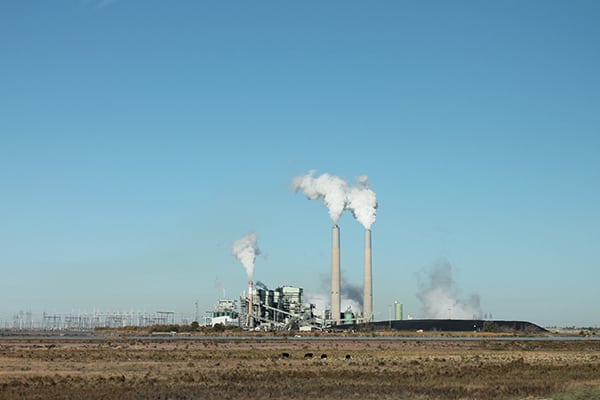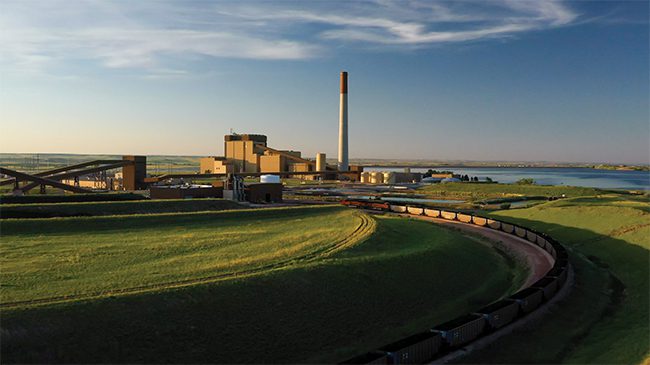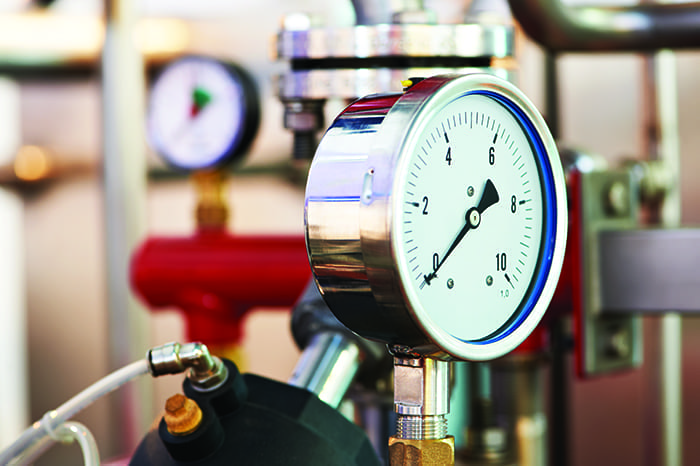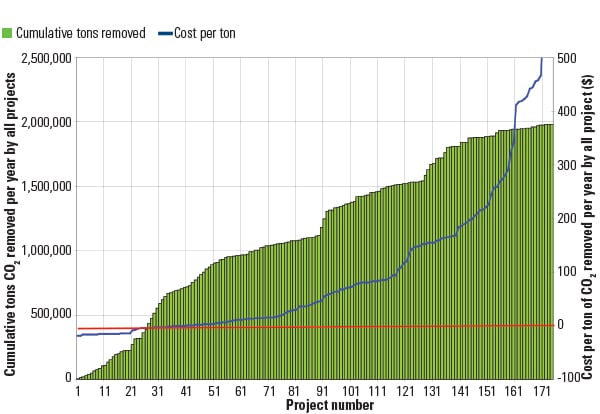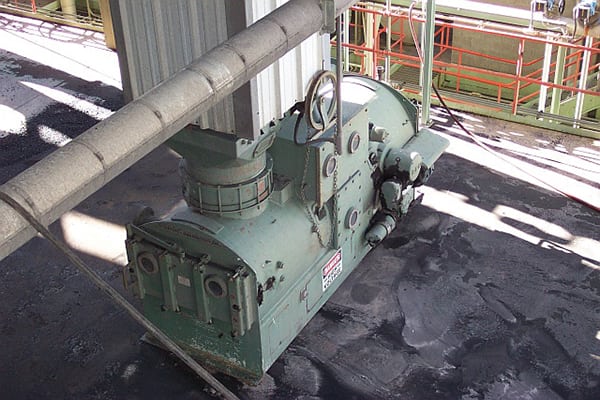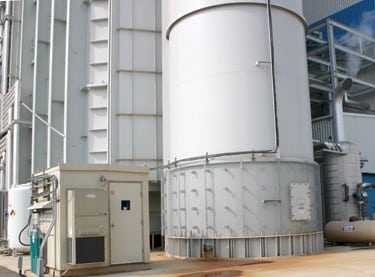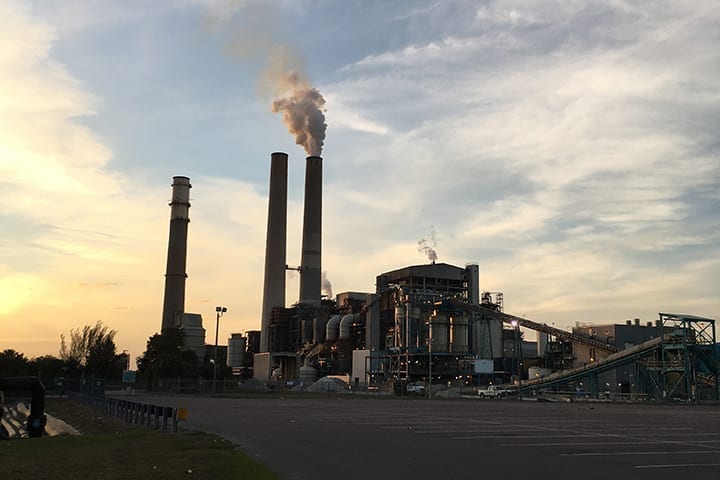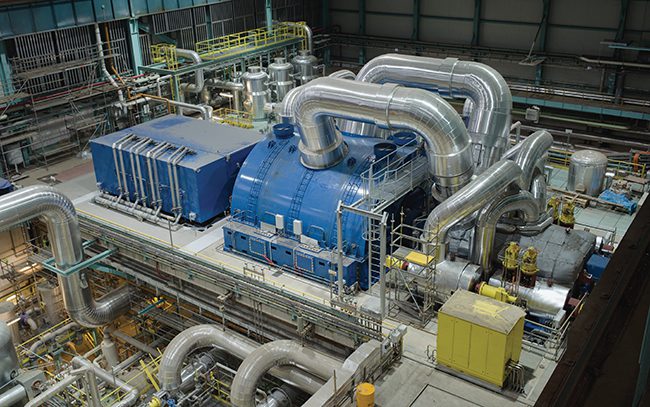Power plants are familiar with using continuous emissions monitoring systems (CEMS) to monitor pollutants, but these devices also may be able to measure heat rate—which could be handy for future compliance with the Clean Power Plan.
Continuous emissions monitoring systems (CEMS) are used to monitor power plant flue gas emissions as a means to comply with federal and state air emission standards. Through various methods, they determine the concentration and amount of key emissions, including nitrogen oxides, sulfur dioxide, carbon monoxide, carbon dioxide (CO2), hydrogen chloride, particulate matter, mercury, and volatile organic compounds (Figure 1).
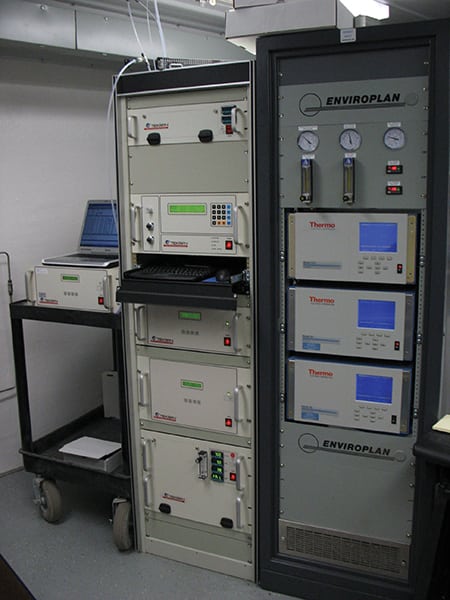 |
|
1. A continuous emissions monitoring system. Courtesy: EPRI |
CEMS are required in all U.S. fossil-fired plants greater than 25 MW. They are a mature technology, and most have been widely used for more than 20 years.
The CEMS data provides an official record of the key power plant flue gas emissions. In the U.S., this data is reported to the Environmental Protection Agency (EPA). Plant owners/operators are required to maintain the systems and ensure that results meet the letter of the law. A portion of that requirement is to conduct an annual relative accuracy test audit (RATA) to determine the status and ability of the CEMS to comply with EPA requirements.
More Than Emissions
In addition to emissions, CEMS also provide a value for boiler heat input—and, therefore, very easily permit the determination of heat rate.
Heat rate is a key measure of power plant efficiency. It is the ratio of heat input and power output. The lower the heat rate, the better the efficiency.
Measurement of heat rate is likely to become a critical issue in the coming years, because the Clean Power Plan, finalized by the EPA in 2015, will rely, in part, on coal plant heat rate improvements to reduce CO2 emissions by reducing the amount of fuel burned. The EPA is anticipated to use the heat input values reported by power plants’ CEMS to determine if the plants have reduced their heat rates to the required levels.
The ability to accurately measure the two key parameters to the heat rate equation—the flue gas CO2 concentration and the stack volumetric flow rate—will thus be of key importance.
However, determination of heat input for solid fuel power plants is difficult to measure directly with sufficient accuracy because coal flow is difficult to measure. That coal flow rate is the key parameter in the determination of the heat portion of heat rate. Coal constituents do not remain constant over time, especially for plants that blend coal from different sources. Therefore, the real-time measurement of coal heating value becomes another important parameter with a one-to-one effect on heat input.
Many plants have instrumentation and monitoring systems sufficient to determine boiler heat output (and turbine performance) on a continuous basis, but very few have the capability of accurately determining boiler efficiency on a continuous basis, which would be needed to complete the heat rate calculation. One method of accurately determining boiler efficiency, the heat loss method, requires installation and maintenance of instrumentation to sample gas concentration and temperature at the air heater inlet and outlet. However, adequate sampling grids are expensive to install and difficult to maintain.
CEMS, which are capable of measuring the concentration of CO2 in the stack gas and calculating the flow rate of the exhaust gas, have the potential to offer an alternative method for a real-time (continuous) unit heat rate calculation without additional instruments or labor-intensive processes.
The issue with CEMS, though, is that the accuracy required for a meaningful heat rate value is much tighter than current CEMS practices. With typical uncertainties greater than 5%, CEMS could not be used to identify a heat rate change of 2% to 4%, which will potentially be required by the Clean Power Plan (assuming it survives the current legal challenges).
Understanding the Uncertainty of CEMS Heat Rate Measurements
Over the last several years, researchers at the Electric Power Research Institute (EPRI) have conducted several studies to identify the technology gaps and to propose and evaluate actions required to use CEMS for heat rate monitoring. These studies have sought to better understand the current uncertainty of CEMS measurements and the drivers of the differences in uncertainty between CEMS and a precision boiler efficiency test.
In 2014, EPRI and a member utility conducted a series of precision performance tests at the member’s 350-MW coal-fired unit to investigate how accurately the actual boiler heat input could be determined when quality, nonbiased CEMS data are available. First, a series of boiler efficiency test runs were undertaken to calculate boiler efficiency and net unit heat rate by methods based on ASME’s Performance Test Codes (PTC) 4 and 46. Then, the values calculated from the test results were compared to those obtained from the CEMS. The tests were conducted at full, medium, and minimum load—approximately the same unit load levels utilized for the most recent RATA testing at this unit.
The results were further refined through the calculation of uncertainty of the boiler efficiency and heat rate calculated by each method. These uncertainty calculations were performed by methods described in ASME PTC 19.1, Test Uncertainty.
For the full-load test, gross heat rate calculated by the CEMS method was slightly higher than with the PTC 46 method. For the medium-load test, the heat rate was almost equal for the CEMS and PTC 46 methods. With the minimum-load test, the heat rate for the CEMS method was much lower than for the PTC 46 method. The reasons behind the non-predictable differences in heat rate were not identified.
The uncertainty analysis showed that the uncertainty of the boiler efficiency value using the CEMS method was greater than 5%, compared to an uncertainty of 0.29% using the ASME PTC 4 test method. Improvements in the accuracy of the CEMS could greatly reduce the uncertainty, but the uncertainty of boiler efficiency determined by this method is dependent on both the accuracy of the CEMS measurements and the instrumentation used to measure the heat output of the boiler.
While this plant site operated and maintained its CEMS beyond the minimum EPA requirements, the large differences in results and the uncertainties of the results strengthened the notion that CEMS could not be used to monitor or report heat rate with confidence. The key contributor to the high measurement uncertainty was the measurement of stack gas flow rate.
Best Practices Guideline
To address this issue, in 2015, EPRI developed a best practices guide to improve the accuracy of the measurement of stack gas flow rate.
The project team sought to evaluate available information on the performance of CO2 CEMS and continuous flow monitors, and to identify the uncertainty and biases of measurement system parameters with the greatest effect on measurement data quality. Then, using the knowledge gained regarding the uncertainty and biases of the system parameters, the project aimed to recommend enhancements to the operation, calibration, maintenance, and auditing of these systems that would extend the usefulness of the CEMS and flow monitors to provide a primary means of unit heat rate determination.
In support of this effort, EPRI developed a multi-faceted approach to identify the state of current industry best practices as well as a methodology for achieving reduced uncertainty in the measurements. The approach involved conducting an open literature search pertaining to CEMS operation; contacting end-users for supplemental information regarding CEMS operation, calibration, tune-ups, and maintenance practices; determining industry best practices related to pre-RATA flow monitor calibrations, reference methods used, and pre-RATA adjustments; summarizing the effects of different reference method practices on measurement uncertainty; and establishing target uncertainties and identifying whether the instrumentation can achieve these.
A model was developed to estimate the uncertainty contributions for the heat rate calculation. The model allows estimation of the uncertainties of the various measurements used to calculate a unit heat rate—as well as hourly heat input, including flue gas flow rate, flue gas CO2 concentration, the carbon-based fuel factor, and the power output (Figure 2). The model then propagated these individual measurement uncertainties to the final heat rate result. The results of the model were used to focus the best practices guide on the areas responsible for the largest contributions to uncertainty.
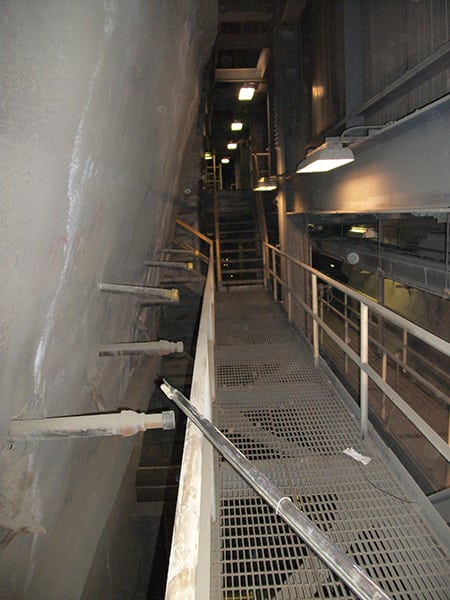 |
|
2. Flue gas sample ports and probe. Courtesy: EPRI |
Project results were reported in a “best practices” guide for operating, calibrating, and maintaining a CO2 CEMS and associated flow monitors to provide the highest degree of data accuracy practical with currently available instrumentation and hardware. Recommendations are included on sampling systems; analyzers; calibration gases; instrument types, calibration, and placement; stack diameter determination; and RATA test techniques. (See A Best Practices Guideline for Understanding and Minimizing Uncertainty in CO2 and Stack Flow Measurements, EPRI report no. 3002006147.)
Application of Best Practices
Subsequently, a further study applied the best practices for CEMs RATA reference methods to a full-scale CEMS heat rate measurement on a 670-MW coal-fired utility boiler.
The host site had an optimal CEMS system that greatly exceeded EPA requirements. The CEMS installation location for this site was also near ideal with respect to flow, and the CO2 instrumentation was well calibrated.
The guidelines promulgated in the EPRI best practices guide were followed in the preparations for and the execution of a special RATA test. The sampling, analytical, quality assurance, and quality control procedures followed during the RATA program were above and beyond the minimum EPA requirements.
The study findings demonstrated that very good relative accuracy can be obtained, improving the uncertainty of the CEMS heat rate values. The additional effort needed to comply with the best practices was not considered significant and could be achieved at most sites.
Continuing this study, researchers conducted an “enhanced” CEMS audit test—which they nicknamed “super RATA”—to calculate correction factors to be applied to the values of the flow and CO2 concentration reported by the CEMS. This enhanced RATA measurement was performed using best practices for minimizing the uncertainty of CO2 and flow measurements. The precision heat rate testing was conducted immediately thereafter, again in full compliance with ASME PTC 4 and 46.
The uncertainties were calculated for the boiler efficiency and heat rate values determined by each method using the methods described in ASME PTC 19.1, Test Uncertainty. The gross heat rate value calculated by the CEMS method, after applying the correction factors for flow and CO2 concentration, was compared to that determined via the precision test (PTC 46) method for all test runs.
The heat rate indications obtained from the CEMS and those obtained through precision testing were comparable. The difference in those values was smaller than the uncertainty determined for the measurements conducted by either method. (See Stack Flow and CO2 Reference Method Measurements for Continuous Emissions Monitoring Systems (CEMS) Heat Rate Determination: Application of Best Practices, EPRI report no. 3002007186, and Evaluation of the Application of Continuous Emissions Monitoring Systems for Boiler and Heat Rate Monitoring, EPRI report no. 3002007187.)
Ongoing Work
In 2016, to further optimize the process and fully understand the best possible uncertainty, an intense lab calibration of the flow measurement equipment will be done at vendor and National Institute of Standards and Technology facilities. Those calibrations will permit EPRI and its members to better understand the costs and time involved to further reduce the measurement uncertainty associated with stack gas flow measurements. Plans are to use these optimally calibrated instruments during another “super-RATA” to quantify any improvements in flow measurement and unit heat input. ■
—Sam Korellis, PE (skorellis@epri.com) is a principal project manager of EPRI’s Heat Rate Improvement program. Chuck Dene (cdene@epri.com) is a principal project manager in EPRI’s Integrated Environmental Controls Program.


